A solar charge controller is an electrical device that regulates the power from the solar array that goes into the battery bank. It guarantees that the deep cycle batteries are not overcharged during the day, and that power is not returned to the solar panels overnight, causing the batteries to be drained. Although some charge controllers include extra features such as illumination and load management, their primary function is to manage electricity.
PWM and MPPT are two alternative methods for solar charge controllers. An MPPT charge controller is more expensive and more efficient than a PWM charge controller, and the extra cost is generally justified. The advantages of using a solar charger controller are as follows:
- Multistage charging of battery bank – changes the amount of power set to the batteries based on its charge level, for healthier batteries.
- Reverse current protection – stops the solar panels from draining the batteries at night when there is no power coming from the solar panels.
- Low voltage disconnect – turns off the attached load when the battery is low and turns it back on when the battery is charged back up.
- Lighting control – turns on and off the associated light based on twilight and dawn. Many controllers are programmable, enabling you to set the timer for a few hours, all night, or anywhere in between.
- Display– indicate the voltage of battery bank, state of charge, amps coming in from solar panel.









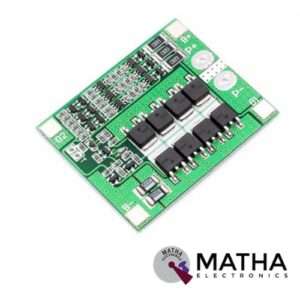
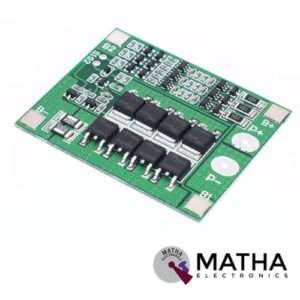


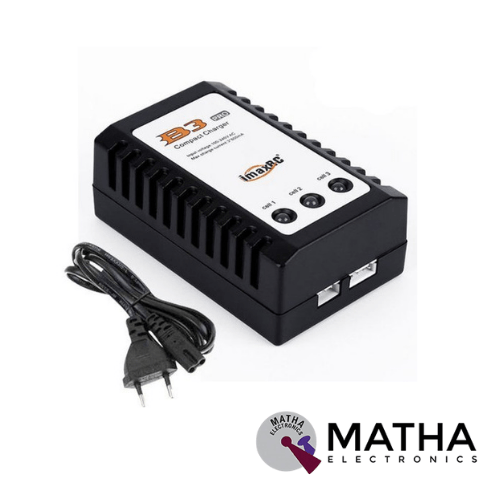


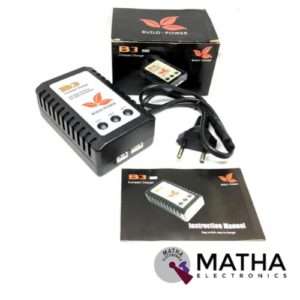

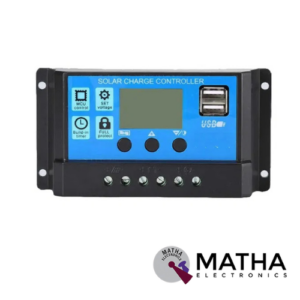
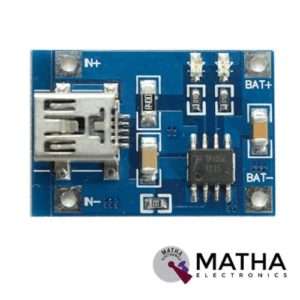
Reviews
There are no reviews yet.